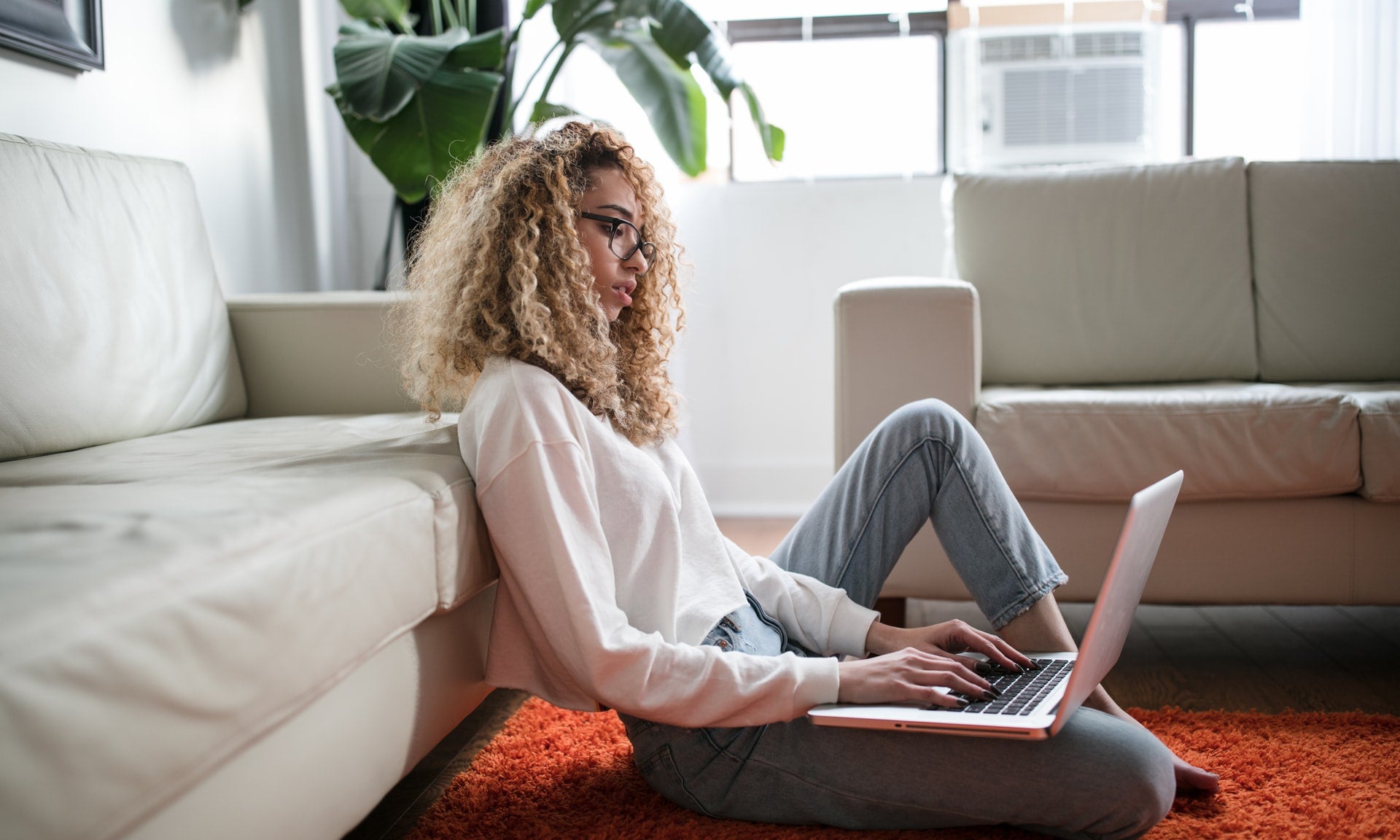By now, you’ve probably heard plenty of people make the case for ditching your desk chair and transitioning to a standing desk or sit-stand arrangement. To summarize, standing and moving more offers a whole host of health advantages, including improving your circulation, banishing low-back pain, and dramatically increasing the number of calories you burn each day. Yet as beneficial as sitting less and standing/moving more can be, going from one extreme to the other can create a delta that shocks your body and leaves you sore and worn out at the end of your workday. Here are some tips to help you tame the transition to a standing/adjustable desk set up.
Start Slow
In his bestselling book Born to Run, author Chris McDougall extols the benefits of barefoot running. But at the end, he cautions against making a dramatic change from maximal cushioned shoes to none, suggesting that you first find a pair with an intermediate heel-to-toe drop and then downshift to minimalist footwear like Merrell’s barefoot series or Altra’s flat-soled, wide toe box line (we also like Boulder-based Lems for every day, zero-drop footwear).
It’s a similar situation with a standing desk. Sure, you could kick sitting altogether right away. But as with many other practices, going cold turkey will shock your system and could make your overall transition longer and more arduous. Instead, take your total daily amount of sitting and try to subtract 30 to 45 minutes from it every few days. Even once you’ve tipped the balance more toward standing, intersperse a quick walk or set of jumping jacks and pushups ever hour or so. Like any lifestyle change, you’re in this for the long game and your odds of making a successful change will be higher if you begin slowly and progress consistently.
It’s Bigger than Sit vs. Stand
Standing opens up your hips, quads, and hamstrings, requires your heart to pump more oxygenated blood, and even, according to research conducted at Texas A&M's School of Public Health, increases your productivity. Yet reducing this to a “sitting is bad, standing is good” issue would be to oversimplify the matter. Your body isn’t made to be stationary for hours at a time, no matter how many Zoom calls your boss or colleagues might invite you to. Rather, you have a fundamental biological need to move.
So with this in mind, find or invent excuses to break away from your new standing desk periodically. It could be as simple as taking the trash out now so you don’t forget tonight, or – pandemic allowing – wandering to your local coffee shop to refresh your morning brew. You could also try one of the handy tips we shared in our recent blog post to build more movement into your day.
Perfect the Art of Perching
No, we’re not talking about the small fish perch, as fun as trying to catch one might be. Instead, what we’re suggesting is that you switch up standing with a small amount of sitting throughout the day. At first glance, this might seem counterintuitive. After all, isn’t the point of getting a standing/adjustable desk to avoid sitting? Kind of. Your real objective should be to stop sitting for extended periods of time, which can lock up your joints, slow your blood flow, and even reduce your cognitive output.
Small amounts of sitting mixed in with blocks of standing and frequent movement breaks can actually help. You’ll be amazed how good it feels to take a load off for a few minutes after standing to complete a project or clear your cluttered inbox. With this in mind, consider borrowing a bar stool from your kitchen counter and putting it in your office. Anytime you feel your feet start to ache, you can either hop up on it or lean back for a little while to get a welcome change of position.
Sort Out Your Standing Surface
One of the things that makes it initially difficult to switch from sitting to standing is that you go from your comfy office chair bearing most of your weight to putting it on your feet. If you’ve got some of that thick-pile cushy carpet in your home office, perhaps you won’t feel it too much. But should you have a hardwood floor or concrete to contend with, your underfoot comfort is going to be somewhere between slim and none.
To help, consider outfitting your office with a standing desk mat. There are lots to choose from, but what we know from the work of movement pioneers like Dr. Katy Bowman is that our feet weren’t meant to stay on flat, hard surfaces all day but to encounter variable slants, slopes, textures, and terrain that change our physical inputs. Doing so helps achieve better outputs, like keeping your feet healthy and your ankles and lower legs mobile. That’s why here at Ergodriven, we built such foot-saving variability right into our original and mini Topo mats. An added bonus? As you shift your adjustable desk from the sitting to standing position and back again, you can slide the Topo mat with one foot to continue providing yourself with more circulation-promoting micromovement opportunities.




















